Tensions are growing around the world, and conflict is inevitable… the only thing left to do is to decide whether you want to approach your foes with peace or with power! Conflict of Nations: WW3 is a real-time strategy game that is played over several days. Be the first of many players to achieve victory by conquering the world!
In Touch Tap Play’s Conflict of Nations: WW3, we will go over the basics of the game and how to win your first match. A typical match in Conflict of Nations: WW3 can last multiple days, so careful planning and action is required to make progress. Let’s get started with our Conflict of Nations: WW3 cheats, tips, and tricks strategy guide to starting out!
Becoming the Strongest Nation
Conflict of Nations is slow-paced strategy game that requires you to think through every move before you commit. The game can be very overwhelming for new players, so we will get you up to speed by explaining the most important things to know.
The main objective in Conflict of Nations is earn enough victory points to win the game, as indicated by the trophy icon at the top right corner of the screen. Victory points are acquired whenever you take over a city.
Every city on the map will have a number in parentheses next to its name. This number represents the amount of victory points you get from taking over that city.
A city’s victory points is directly equal to the city’s population. Densely populated cities will be worth more victory points, while lower populated cities will be worth less.
To win the match, you will need to set out and take control of as many cities as you can. What that entails exactly is a long process of offensive and defensive decisions that will shape the course of the game.
Remember: you are not the only player in the match, so you will need to think of a forward plan while also considering the possibilities of what the other players might be up to.
(This Conflict of Nations: WW3 guide was first published on Touch Tap Play)
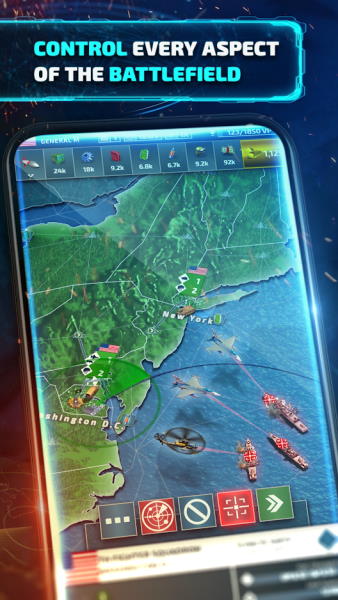
Starting Out and Expanding
Conflict of Nations has a short tutorial to give you a basic primer on how to operate the UI, though it leaves a lot to be desired. After you do a few basic tasks, the game will set you loose and it can be confusing on where to start.
You will start each match out with a few buildings placed already around the cities in your country. You will also have a bunch of open provinces to build on as well. You can poke around your existing buildings to see what they do and get a feel for the general construction interface.
There are two types of zones in Conflict of Nations: provinces and cities. Provinces are the empty fields, and they may contain resources. Cities are pre-built in your country and they can have more types of buildings built on them.
On provinces, there are Combat Outposts, Airfields, Field Hospital, Local Industry, and Military Logistics.
- Combat Outposts are basic defensive positions. Enemies in a province with an outpost in it will have their combat power reduced. Outposts also raise morale.
- Airfields allow aircraft to perform operations in those provinces. It is only functional at above 40% health, so keep this in mind.
- Field Hospitals will increase the healing rate and morale for units on the province.
- Local Industries will improve resource production on provinces with resources. Do not build them anywhere else.
- Military Logistics will increase ground unit movement speed.
Province buildings are utilized mainly for unit transportation and support. Remember that you can construct multiple buildings in a province, so build as many buildings as you want if you think it suits the position.
Cities are a different story – they are where most of your unit production will happen. At the start of a match you will have an Army Base, a Harbor, and an Air Base on your starting cities.
These unit bases allow you to mobilize units on the city. Mobilizing is considered to be separate from construction, so you can construct a new one while mobilizing units.
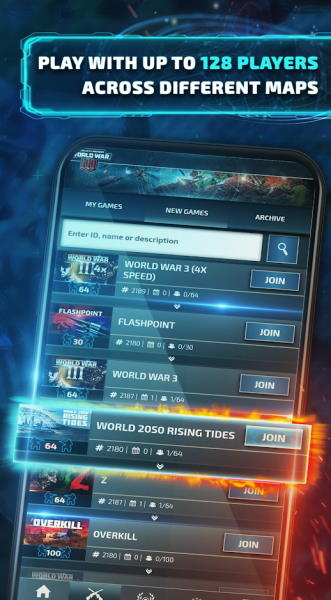
Taking Cities and Maintaining Morale
At the start of a match, there will be one hostile neighboring country, indicated by the red outline. Your enemy will not put up much of a fight, so you can send in your troops to take down the cities.
Wiping out the enemies in a city will relinquish control from them, rendering it vulnerable to capture. Taking over a new city will expand your borders and also provide you with more victory points, in addition to more resources for research and construction.
However, war is never kind for the civilians. Attacking an enemy’s city and successfully driving them out will put the city under your name, but it will leave the city in shambles with very low morale.
Morale is an important mechanic of Conflict of Nations. Each province and city has its own morale which can be tracked by selecting the area in question.
Morale affects a number of factors for a province or city, including resource production rate, unit mobilization times, and construction time of buildings.
Your production rate and unit mobilizations times can drop severely if you let a city’s morale get too low, and low morale can overall can hinder your general progression, so it is best to keep an eye on it.
Letting a city remain in dangerously low morale will eventually result in an insurgency. It is best if you prevent this from ever happening in the first place, but you can also counter it by having units stationed on the city in question.
Morale changes every in-game day. You can raise it by constructing helpful buildings in the area, and also cities that are close to your capital city will receive a morale boost. Check on morale in problematic zones often – you do not want to be surprised by sluggish production rates or an insurgency.
Civilian casualties are inevitable in war. Each type of unit can deal “population damage,” which basically means civilian kills. Vehicles and weapons of mass destruction like warheads can deal nasty amounts of population damage, and the repercussions could be devastating.
Consider your options when you are attacking an enemy city and try to keep the crossfire kills to a minimum.
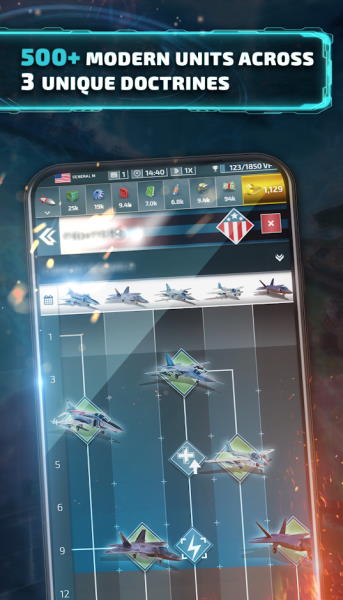
Traveling the World Faster
Once you start expanding out, you will want to start thinking about getting your units around faster. It takes several hours for vehicles to get around your starting country, so to be an effective force you need logistical infrastructure.
The first thing to consider are Military Logistics, which are basically highways and roads for your ground units. Construct logistics around your area of operations to get your units to their targets faster.
The second thing to consider are Airfields and Airbases. Airplanes can land on Airfields, and units can get around through flight. This is very important later in the game when you need to mobilize your units on the fly and just in general.
Choosing the Right Research
The Research tree will allow you to unlock new types of units for your army. Researching costs precious resources including rare materials, which are, well, rare! Rare materials are hard to come by in the early stages of a match, so spend them carefully.
Most importantly research takes quite a bit of time, with some of the research projects taking literal days to complete. You have two research slots, so you need to choose your projects wisely.
In most cases, it is not advisable to just continue down the research tree in a linear fashion. The best way to use your research time is to build around your playstyle.
Are you an aggressive player that likes to push your enemies around with a bunch of tanks? Then you might want to go down the Armored tree. Do you want to reinforce your defenses with some artillery and anti-air support? Then the aptly named Support tree is best for you!
The point is, there is no end-all, be all unit in Conflict of Nations. Each unit has specific strengths and weaknesses, which means anything can be beat if you have the right strategy. Instead of trying to cover all your bases, try to specialize in a few areas.
Making Peace
All players in the game are trying to obtain enough victory points to win the match, so that means conflict is sadly inevitable. However, depending at which point you are in the game, making alliances may prove more helpful to all parties involved.
Early to mid game, it is usually a good idea to make peace with any nearby players. Attacking a player outright during this stage is probably a bad idea, since you will essentially create an enemy for the rest of the match.
Making allies early on will give you a fallback later in the game if another player decides to attack you. You can call for help from your allies but remember to return the favor to build rapport.
A fire-forged alliance can be a formidable force for the rest of the players in the game, but remember that there can only be one winner. You will need to negotiate or become neutral at some point.
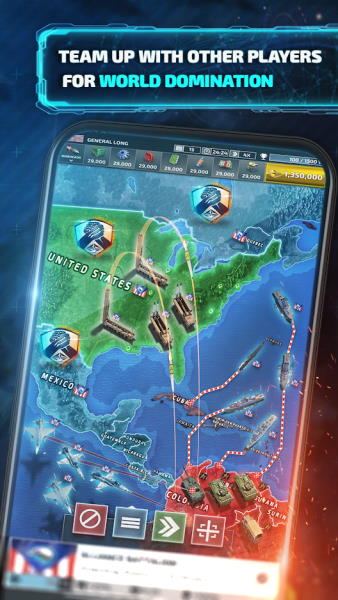
Collecting Resources
Resources are the core of Conflict of Nations, and you will need a lot of it to progress through the game. Research, unit mobilization, and construction all cost resources, and maintaining your supply chain is the key to expansion.
Provinces will usually only supply you with money and manpower, but some provinces are hiding rarer materials, like components and more. You must build a Local Industry on the province to start collecting the resource.
Your pre-built cities are usually on rare resources. As you expand out into the world, be on the lookout for the spots with rare resources. Two key resources are electronics and raw materials, as you will be needing a lot of them to complete research and mobilize units.
The World is Yours
Now that you have a basic grip on the core of the game, you can start your journey and set out into the world. Remember to start small and work your way up to your overall plan – going straight for expansion can hinder you early on.
Spend the early game setting up your general supply chain, ensuring that you have enough resources like manpower to keep your units going and rare resources to keep the researching moving.
You can also scout out and make peace with any players nearby, which will help you strengthen your position in the mid game period.
Keep an eye on your morale as you play the game. Low morale can bottleneck your resources and progression, and it can leave your vulnerable to enemy attack should they get note of it.
Always remember that this is a strategy game and the other players in the match are constantly thinking of ways to take over your country. They may launch a massive ground force to take you by brute force, or they may stealthily infiltrate you by sea if your coastal defenses are not good enough.
If something can go wrong, expect it go wrong, and make sure you have enough resources for a back up plan. Conflict of Nations is a game about action and not reaction, considering that every move you make can take several hours to complete.
To achieve victory, you must make the first move and be several steps ahead of your foes. Good luck commander!
That’s all for our beginner’s guide on Conflict of Nations: WW3. If you have any other tips or tricks to share, let us know in the comments below!


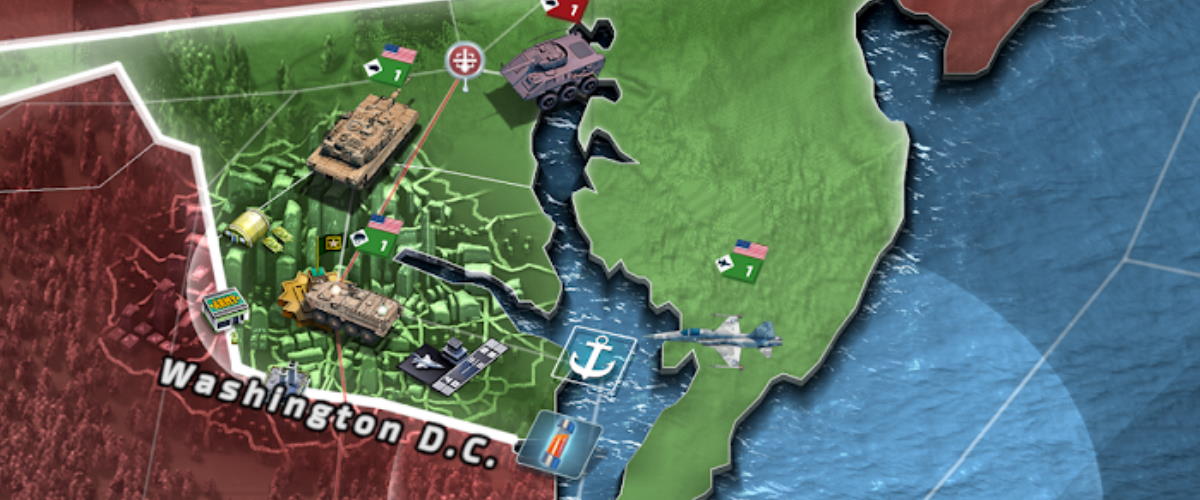
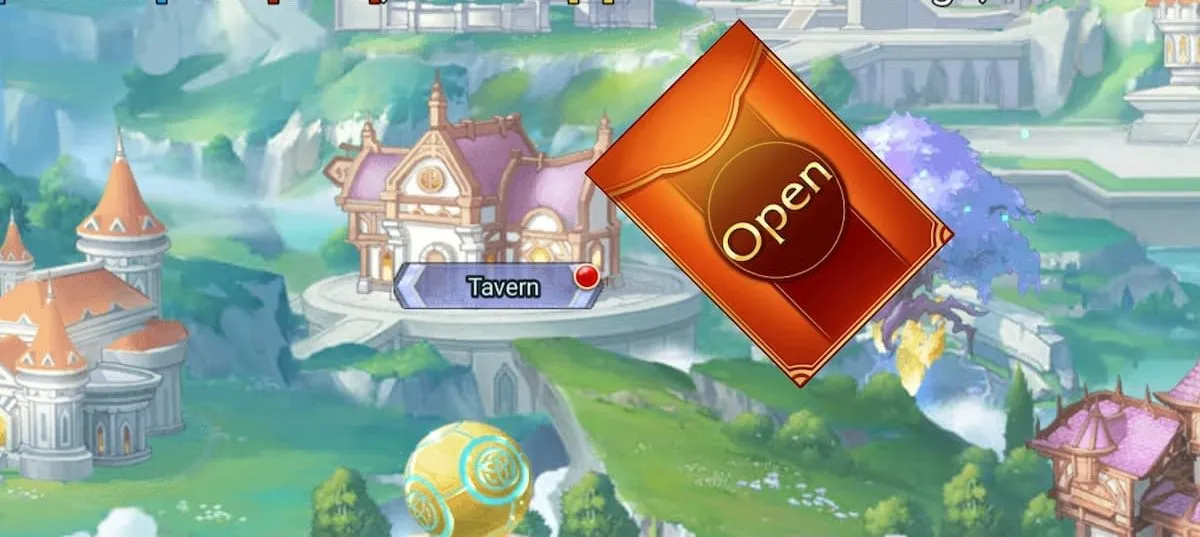

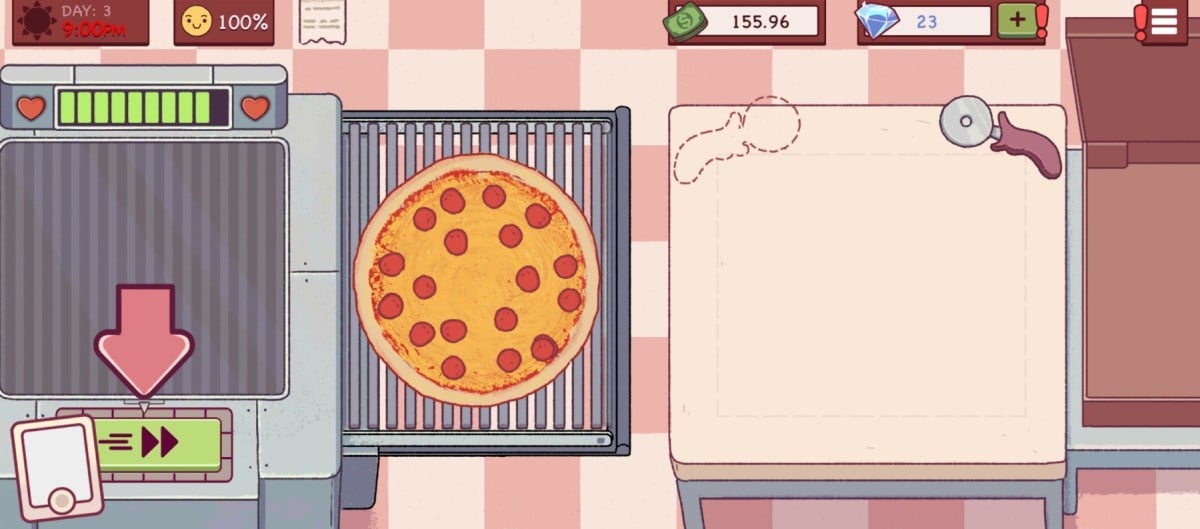


Published: Sep 11, 2020 02:11 pm